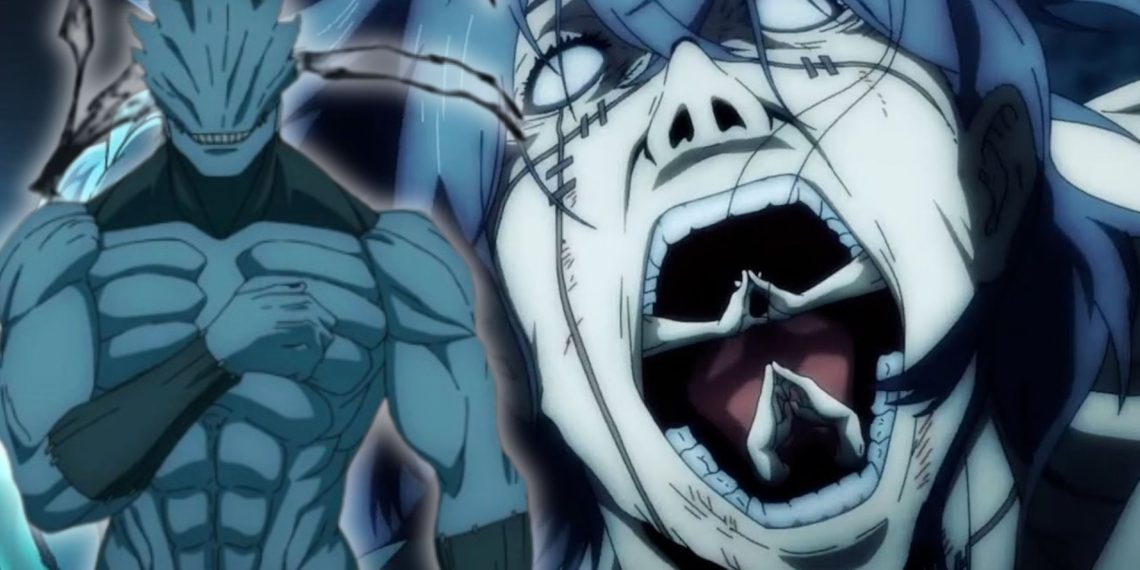In the Jujutsu Kaisen world, cursed spirits embody the fears, anxieties, and negative emotions that humanity harbors.
These malevolent entities are born from the very essence of human dread, making them both fascinating and terrifying.
Among these cursed spirits, Mahito stands out as one of the most mysterious and horrifying characters.
His journey, particularly his transformation into what he describes as the “true shape of his soul,” raises profound questions about the nature of cursed spirits.
Could Mahito’s final form be more than just his own evolution? Could it represent the true, fundamental form of all cursed spirits?
Birth of Cursed Spirits: A Manifestation of Fear
To truly grasp the significance of Mahito’s transformation, it’s essential to understand the origin of cursed spirits in Jujutsu Kaisen.
These entities are born from the fears, anxieties, and negative emotions that humans suppress.
Every dark thought, every hidden fear, and every unspoken dread has the potential to give birth to a cursed spirit.
The stronger the emotion, the more powerful the curse that manifests from it. This is why certain curses are far more formidable than others they are the embodiment of deep-seated, primal fears.

Mahito, for instance, is a manifestation of humanity’s fear of one another, particularly the fear of human interaction and the potential harm that can come from it.
This makes him uniquely terrifying, as he represents the darker side of human nature the part that is willing to harm others to protect itself.
But what makes Mahito even more intriguing is his obsession with understanding and mastering his own existence as a cursed spirit.
Mahito’s Transformation: The True Shape of His Soul
Throughout the series, Mahito is depicted as a curse that is constantly evolving. Unlike other curses, he is deeply introspective, often pondering the nature of his existence and what it means to be a curse.
This introspection leads him to a moment of profound revelation when he lands a Black Flash on Yuji Itadori. In that moment, Mahito declares that he has achieved the “true shape of his soul.”
This transformation marks a significant turning point for Mahito, both physically and philosophically.
Physically, Mahito’s appearance changes drastically. He abandons the more humanoid form he previously had, opting instead for a shape that is grotesque and otherworldly.
His body becomes a twisted amalgamation of grotesque features, with exaggerated limbs, sharp teeth, and an almost ethereal quality.
This new form is a stark contrast to his previous appearance, which, while still unsettling, retained some semblance of humanity.
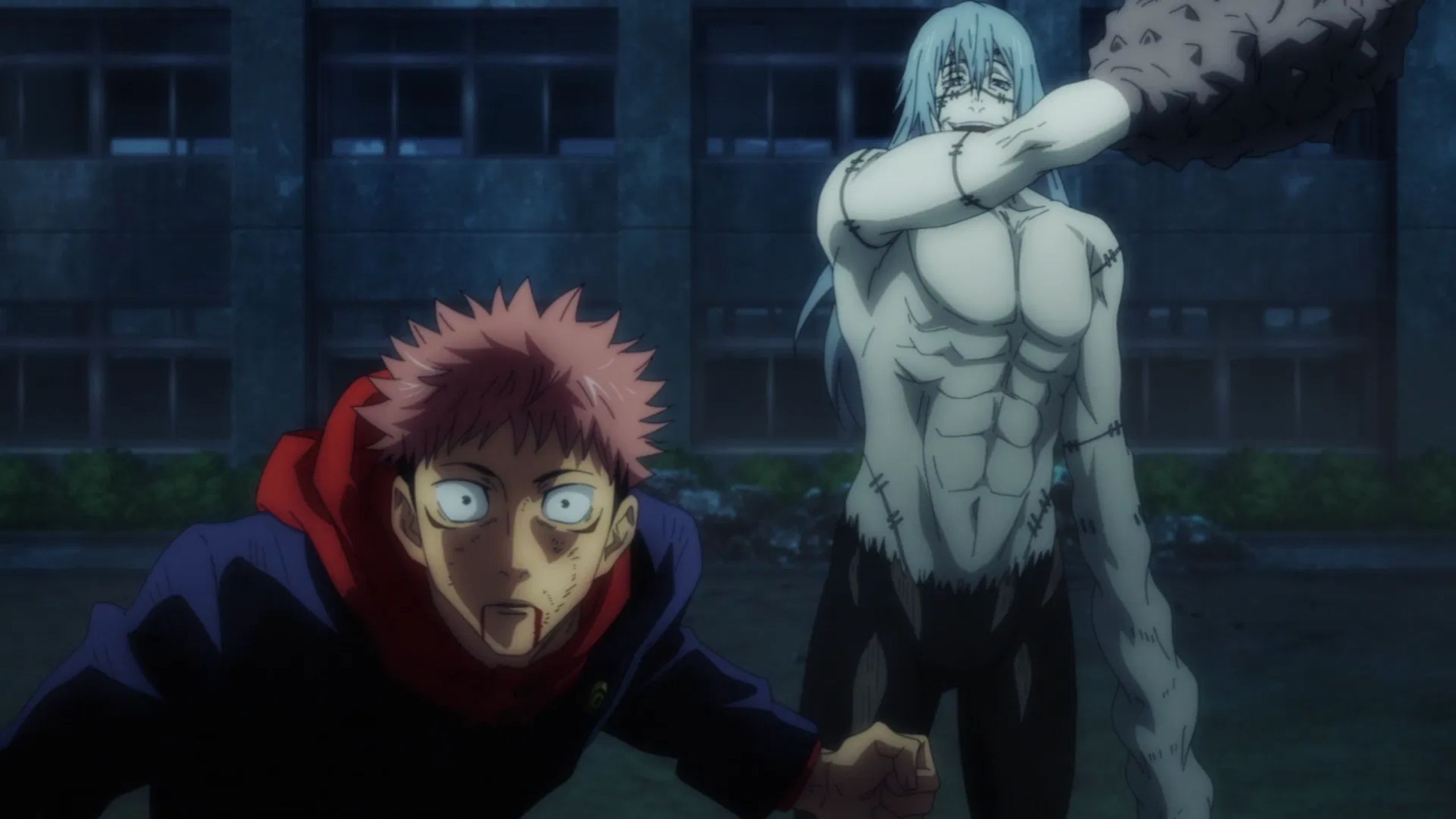
Philosophically, Mahito’s transformation is even more significant. By achieving the “true shape of his soul,” Mahito rejects any vestiges of humanity that might have remained within him.
He fully embraces his identity as a cursed spirit, transcending the specific fear that gave birth to him. In doing so, Mahito becomes something more profound a true curse in the purest sense.
This transformation raises the possibility that Mahito’s final form is not unique to him but is instead the archetypal appearance of all powerful cursed spirits.
Archetype of Cursed Spirits: A Universal Form
The idea that Mahito’s final form might represent the true form of all cursed spirits is both intriguing and terrifying.
In the Jujutsu Kaisen world, cursed spirits come in many shapes and sizes, each one unique to the fear that birthed it.
However, there are certain features that many curses share features that seem to transcend the specific fear that gave rise to them.
For instance, many cursed spirits have exaggerated facial features, such as toothy grins, multiple eyes, and grotesque mouths.
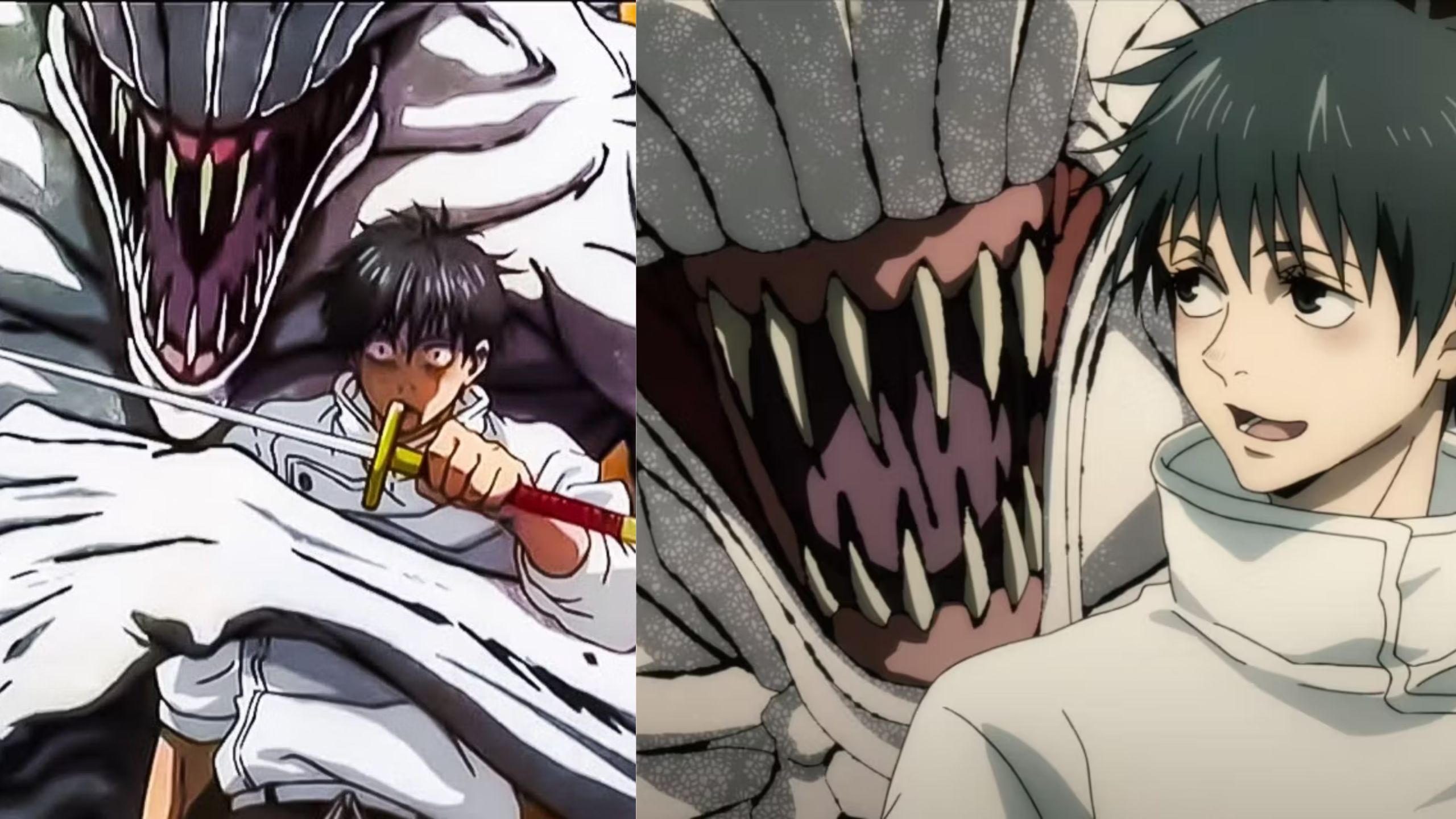
These features are not only disturbing but also oddly consistent across different curses.
This consistency suggests that there might be a “default” form that cursed spirits tend toward as they grow more powerful a form that embodies a more universal and terrifying essence, rather than the specific fear that created them.
Mahito’s transformation seems to align with this theory. By abandoning his humanoid appearance and embracing a more monstrous form, Mahito may have uncovered the fundamental appearance of a curse untainted by the specific fear it was born from.
His final form, with its exaggerated features and grotesque appearance, closely resembles those of other powerful curses in the series, such as Hanami, the evolved form of Dagon, and even Rika.
Design of Cursed Spirits: A Recurring Pattern
When examining the design of various curses in Jujutsu Kaisen, a recurring pattern emerges. Many curses, especially the most powerful ones, share similar traits.
These traits include toothy grins, prominent mouths, and peculiar scales or markings where their eyes should be.
These features are not only unsettling but also oddly consistent across different curses.
This consistency raises the possibility that these traits might represent the quintessential appearance of a true curse a notion that gains weight when one examines the case of Mahito in his true form.
Take, for instance, the cursed spirit Hanami. Hanami’s appearance is both beautiful and terrifying, with a body that is part plant, part humanoid.
However, despite his unique design, Hanami shares certain features with other powerful curses, such as Mahito.
His mouth, in particular, is a grotesque, toothy grin that is reminiscent of Mahito’s final form. Similarly, the evolved form of Dagon, another powerful curse, shares these features.
“Come, Rika!”
An exploration of Rika Orimoto’s power as a cursed spirit, and her connection to Yuuta Okkotsu
*contains spoilers for the JJK manga up to ch. 174 #乙骨憂太 #呪術廻戦 #jjk174 pic.twitter.com/PzQZ4jwuaz
— jae ♡ 🍉 yuuta art! 💍📌 (@arminvincible) February 6, 2022
Dagon’s transformation into a more monstrous form includes the same exaggerated facial features that are characteristic of Mahito and Hanami.
Even Rika, a curse born from the intense emotions of love and hatred, shares some of these features in her monstrous form.
Her grotesque appearance, with multiple eyes and sharp teeth, is eerily similar to Mahito’s final form.
This similarity suggests that there might be a “default” form that all powerful curses tend toward as they evolve a form that transcends the specific fear that gave birth to them and embodies a more universal essence of terror.
Jogo’s Design: An Outlier or a Different Kind of Archetype?
While many powerful curses share similar features, Jogo, another special-grade curse, seems to be an outlier.
His appearance is vastly different from that of Mahito, Hanami, and Dagon. Jogo’s design is based on fire, with his body resembling a volcanic eruption, complete with a flaming head and a rocky exterior.
At first glance, Jogo’s appearance might seem to contradict the theory that all powerful curses share a common form. However, there is an underlying logic to his design that fits within the broader framework of cursed spirits.
Fire is one of humanity’s most ancient fears, deeply rooted in our collective consciousness.
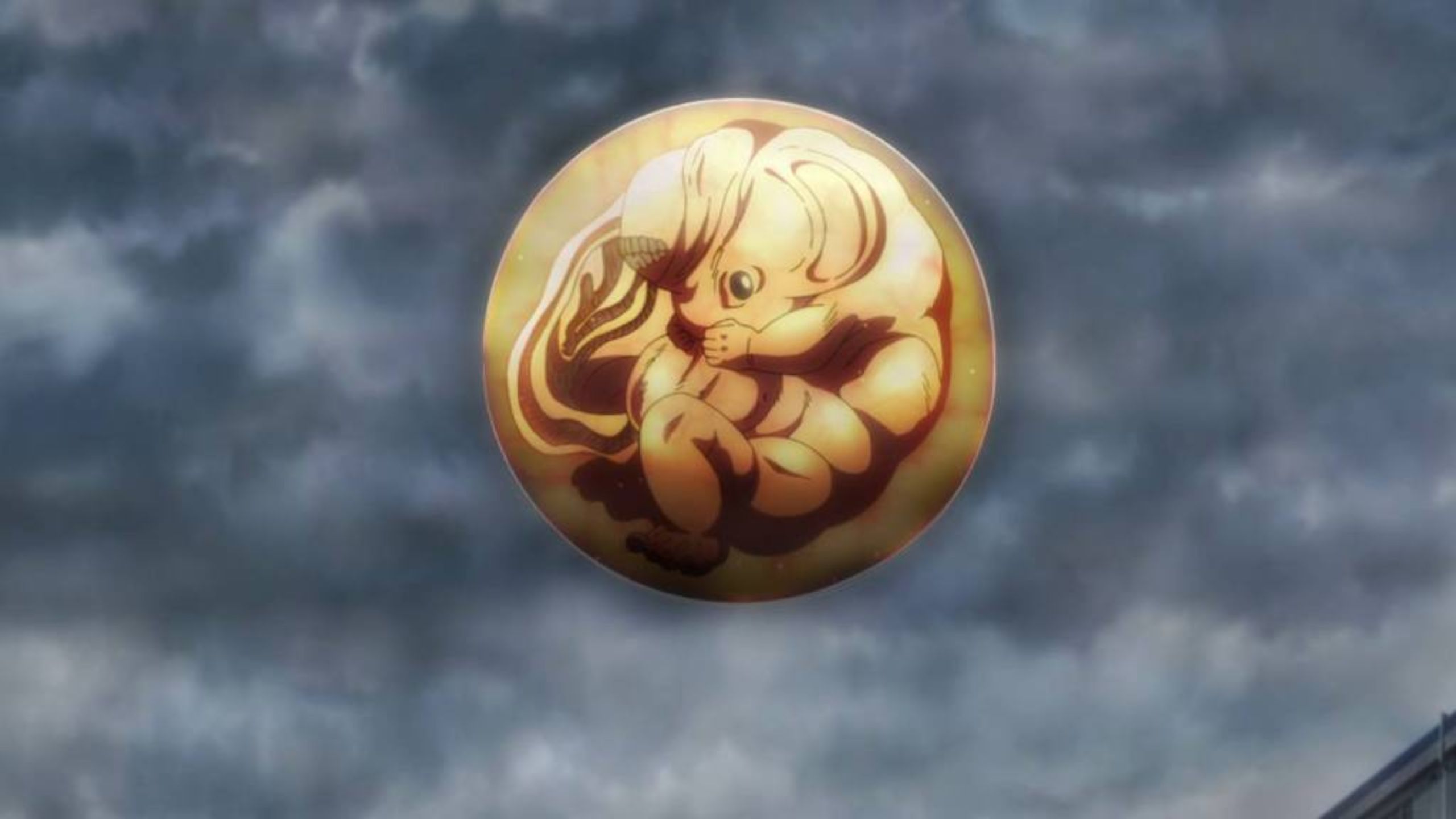
From the earliest days of human history, fire has been both a source of life and a force of destruction.
The fear of fire is primal, almost archaic, and Jogo’s design might reflect a curse that embodies this ancient terror.
His appearance, though different from the others, could signify a curse that belongs to a fear that has evolved or diminished over time.
Despite being powerful, Jogo’s form might represent a different kind of archetype one that is rooted in an older, more primitive fear.
Evolution of Curses: From Specific Fear to Universal Terror
The theory that Mahito’s final form represents the true form of all cursed spirits suggests that the stronger a curse becomes, the more it sheds the particular attributes linked to its originating fear.
As curses evolve and gain power, they might gradually morph into a “default” form a form that embodies a more universal and terrifying essence.
This evolution would explain why many of the most powerful curses in Jujutsu Kaisen share similar features, despite being born from different fears.
Mahito’s journey adds a compelling layer to this theory. His obsession with becoming a true curse, free from the shackles of his origin, leads him to a profound transformation.
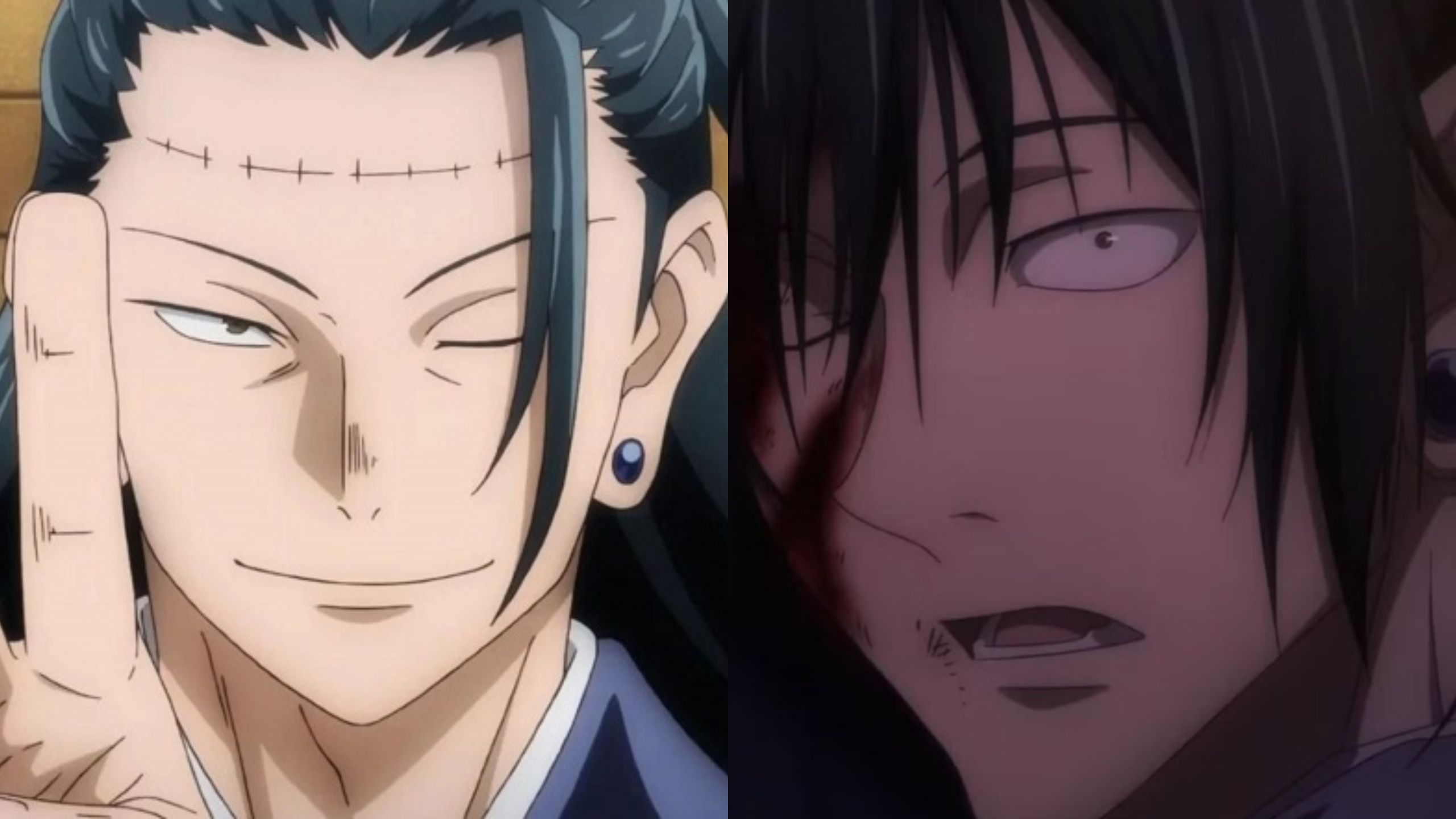
By altering his soul and embracing his identity as a curse, Mahito may have inadvertently revealed the archetypal shape that all powerful curses tend toward as they grow stronger.
This archetype is not bound by the specific fear that gave rise to the curse but instead represents a more universal form of terror.
Implications of Mahito’s Transformation: A Glance into the Nature of Curses
Mahito’s transformation has significant implications for our understanding of cursed spirits in Jujutsu Kaisen.
If his final form is indeed the true form of all powerful curses, it suggests that there is a deeper, more fundamental nature to these entities than we previously thought.
Cursed spirits are not merely the embodiment of specific fears they are manifestations of a more universal terror that transcends individual fears.
This revelation raises questions about the nature of cursed spirits and their place in the Jujutsu Kaisen world.
Are they simply the product of human fear, or do they represent something more profound?
Mahito’s journey suggests that there is a deeper truth to curses one that is tied to the very essence of fear itself.
As curses evolve and gain power, they may shed the specific attributes linked to their origin and take on a form that embodies the purest essence of terror.
Mahito’s Final Form as the Archetype of Cursed Spirits
In the end, Mahito’s transformation into the “true shape of his soul” may be more than just a personal evolution it may be a glance into the true nature of all cursed spirits.
His final form, with its grotesque features and otherworldly appearance, closely resembles those of other powerful curses in the series, suggesting that there may be a “default” form that all curses tend toward as they grow stronger.
This form transcends the specific fear that originally gave rise to the curse, instead embodying a more universal and terrifying essence.
If this theory holds true, it would mean that the nature of cursed spirits in Jujutsu Kaisen is more intricate and profound than previously understood.
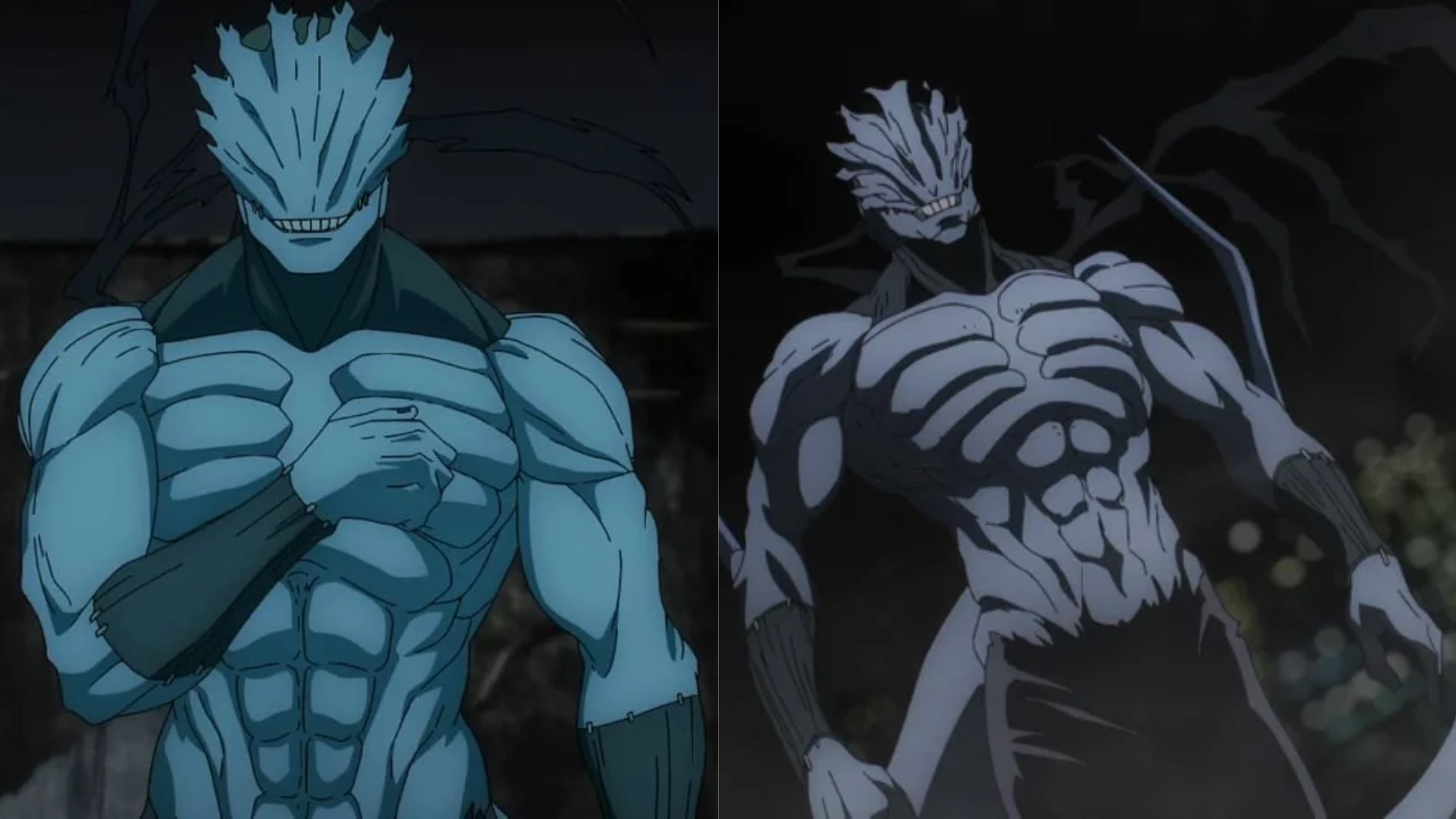
Mahito’s final form could indeed be a reflection of an archetypal curse form an essence that all powerful curses evolve toward as they shed their original fears.
This concept not only deepens our understanding of cursed spirits but also highlights the overarching themes of fear and transformation that are central to the series.
Broader Implications: The Role of Fear and Power
The idea that curses evolve towards a universal form of terror offers a fascinating perspective on how fear influences the development of these malevolent entities.
Fear, in Jujutsu Kaisen, is not merely a catalyst for the creation of curses but also a driving force behind their evolution.
As curses grow in power, they move beyond the specific fears that birthed them and evolve into something more fundamental a universal embodiment of terror.
This evolution reflects the broader themes of the series, where fear and power are intricately linked.
Characters like Mahito and Jogo are not just representations of specific fears but are also embodiments of more profound, universal anxieties.
Mahito’s transformation, in particular, underscores the idea that fear is not a static entity but a dynamic force that can change and evolve.

By transcending his origin and achieving a more universal form, Mahito exemplifies how fear can shape and reshape itself over time.
Mahito’s Role in revealing the True Nature of Cursed Spirits
Mahito’s transformation into the “true shape of his soul” offers a profound insight into the nature of cursed spirits in Jujutsu Kaisen.
His final form, with its grotesque and universal features, suggests that there may be an archetypal appearance that all powerful curses evolve toward.
This theory not only deepens our understanding of curses but also highlights the interconnectedness of fear, power, and transformation in the series.
As Mahito’s journey illustrates, fear is not just a catalyst for the creation of curses but also a driving force behind their evolution.
By transcending his origins and achieving a more universal form, Mahito embodies the essence of fear itself a fundamental, universal terror that transcends individual anxieties.
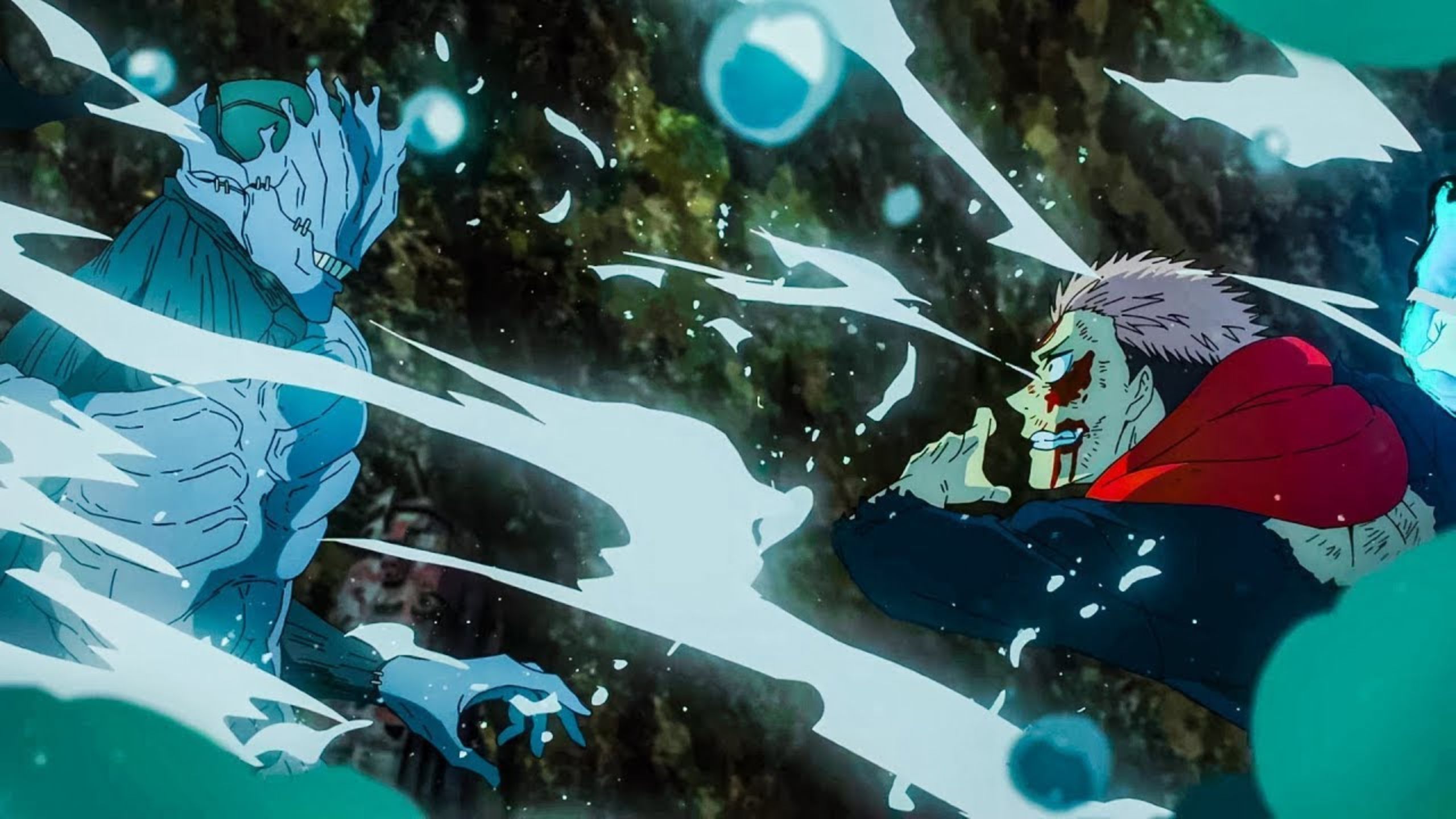
This revelation opens up new possibilities for the future of cursed spirits in the series and challenges both characters and readers to rethink their understanding of fear and power.
Ultimately, Mahito’s role in revealing the true nature of cursed spirits enriches the narrative of Jujutsu Kaisen, adding depth to its exploration of fear, transformation, and the human condition.
His transformation serves as a powerful reminder of the impact of fear on both the world of curses and the world of jujutsu sorcery, making Jujutsu Kaisen a compelling and thought-provoking exploration of the nature of fear and its role in shaping the world around us.
Jujutsu Sorcerers: Confronting the True Nature of Cursed Spirits
For jujutsu sorcerers, understanding the true nature of curses is crucial for confronting and combating these malevolent entities.
The revelation that Mahito’s final form might represent a universal curse archetype challenges sorcerers to rethink their approach to dealing with curses.
Instead of focusing solely on the specific fears that created a curse, sorcerers may need to consider the broader, more universal aspects of cursed spirits.
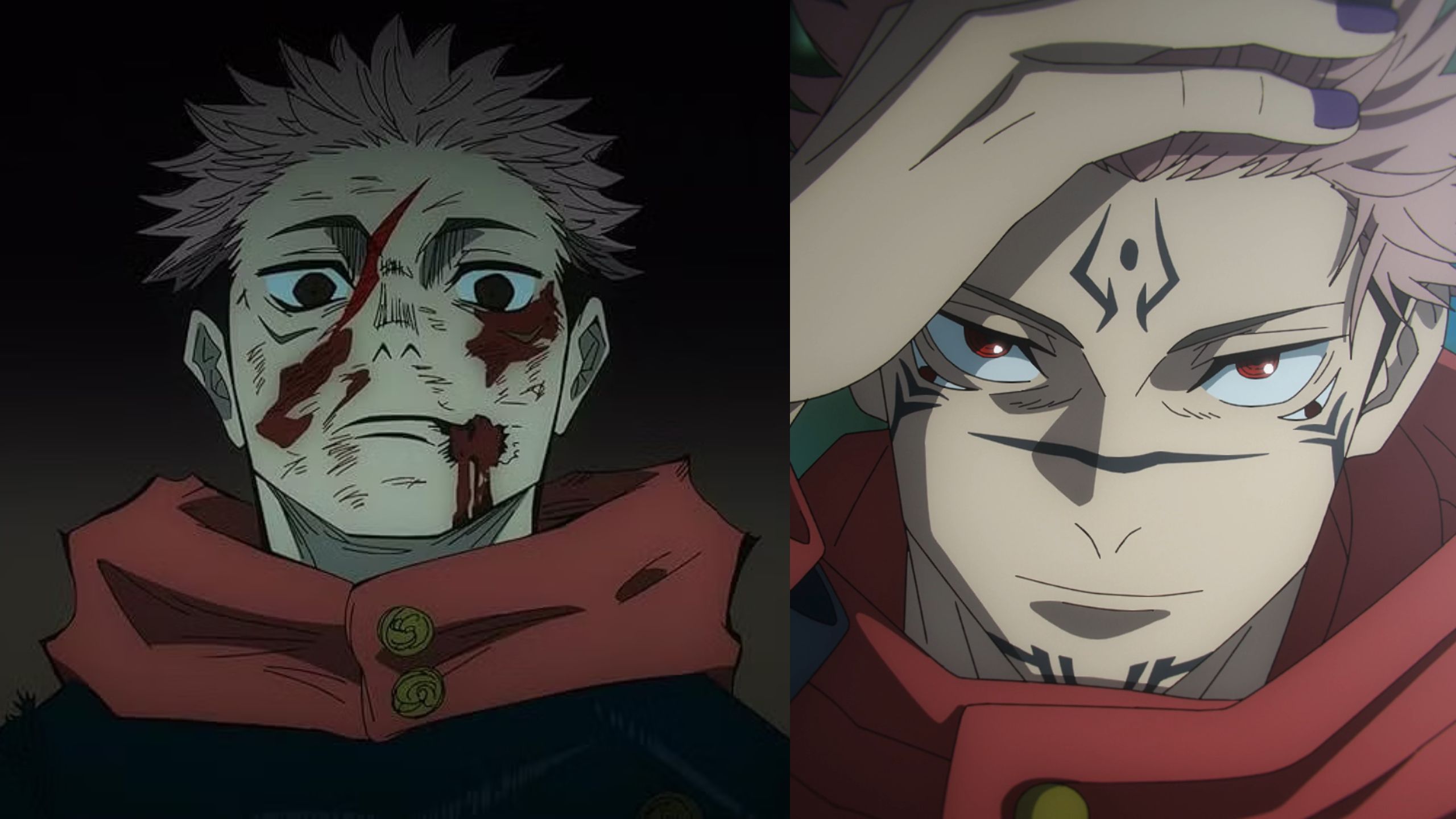
This shift in perspective could lead to new strategies and techniques for jujutsu sorcerers.
By acknowledging the potential for a universal curse form, sorcerers might develop new methods for understanding, exorcising, or even preventing the evolution of curses.
This deeper understanding of cursed spirits could also impact how sorcerers train and prepare for encounters with these formidable entities.
Thematic Resonance: Fear, Transformation, and the Human Condition
Mahito’s transformation and the theory of a universal curse form also resonate with the broader themes of Jujutsu Kaisen.
The series frequently explores the nature of fear and its impact on the human condition. Mahito’s journey reflects this exploration, highlighting how fear can drive individuals to evolve and transform.
His final form, as an archetypal representation of fear, underscores the series’ theme that fear is both a source of power and a force of transformation.
This thematic resonance enriches the narrative of Jujutsu Kaisen, providing a deeper understanding of the characters and their struggles.
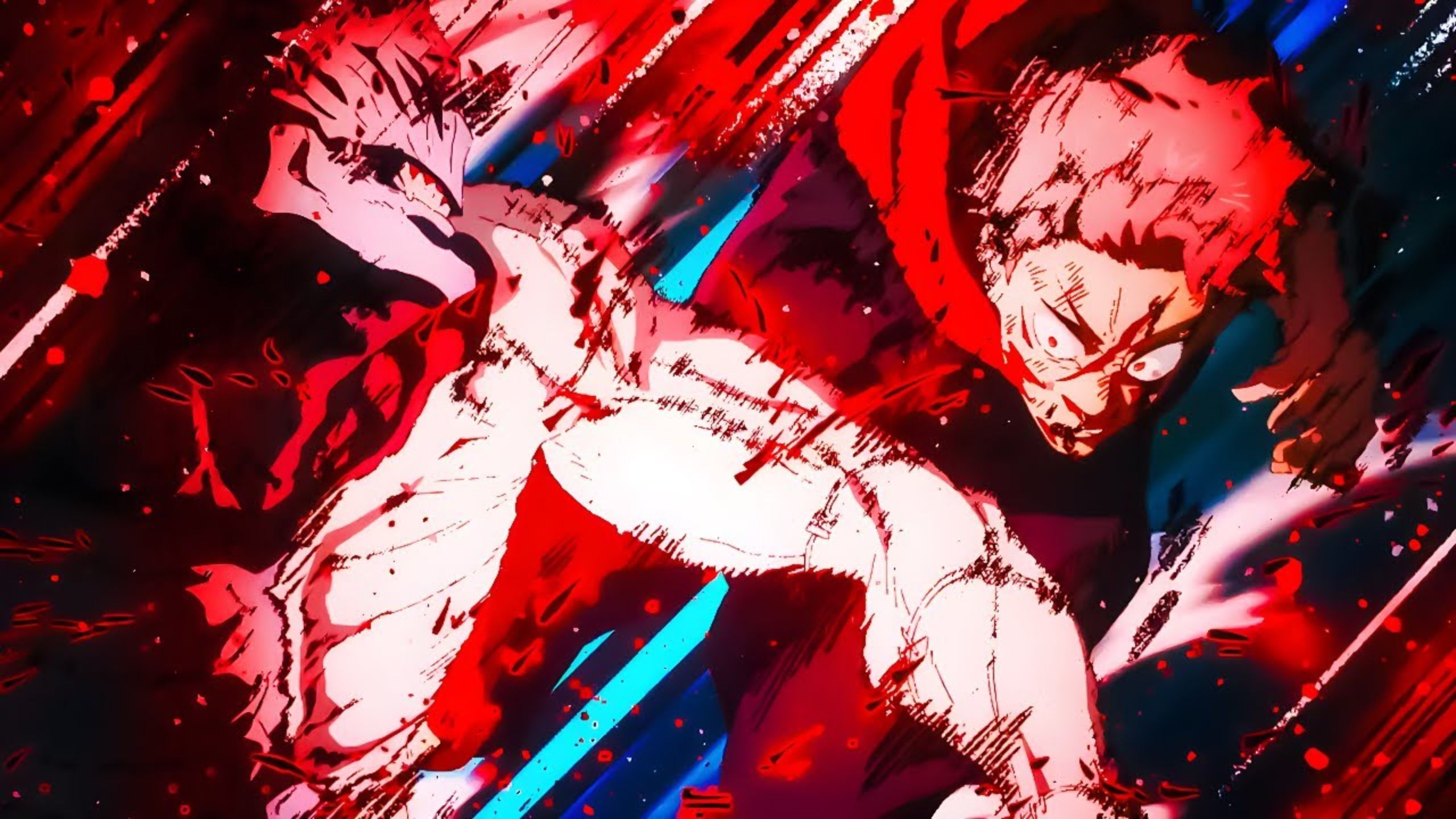
Mahito’s quest to embrace his true nature as a curse is a metaphor for the broader human experience a journey of self-discovery and transformation driven by fear and power.
This exploration of fear and transformation adds layers of complexity to the series, making it a compelling and thought-provoking narrative.


